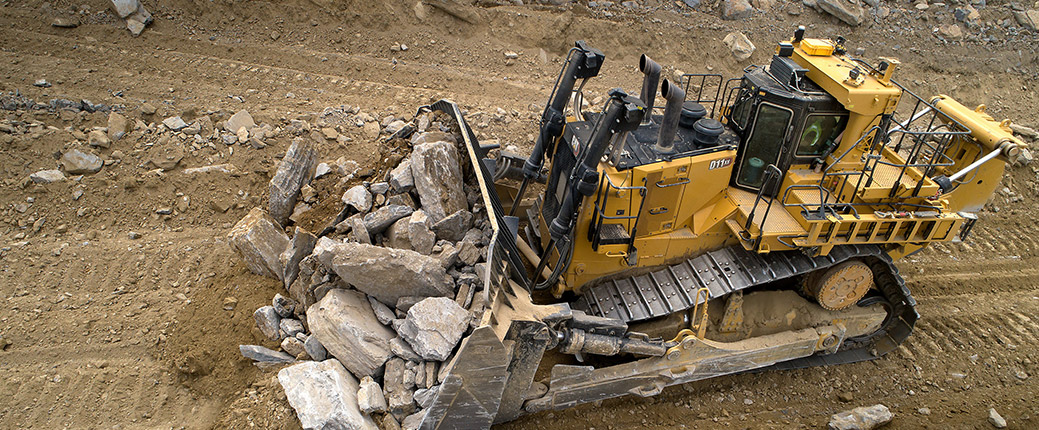
Energy-efficient hydraulic fluids are proving crucial as some types of off-highway vehicles – such as backhoe loaders and track loaders – transition away from diesel engines to electrical power, a speaker said during a Society of Tribologists and Lubrication Engineers webinar last week.
In electric vehicles, the battery is the most expensive component, Paul Michael, a director for the Reliability and Contamination Control Programs at the Milwaukee School of Engineering, said during the online webinar on April 13. Michael’s presentation, “Hydraulic Fluid Requirements for Advanced Fluids,” presented findings of original research conducted at the school’s Fluid Power Institute.
“In order to get the most productivity out of the battery, you want to adjust your system architecture,” Michael said. “There are a lot of variety of architectures out there available to make the system more efficient. Often you want to reduce weight, and finally, you want to improve hydraulic system efficiency.”
He said initially he had concerns about the impact that electrification would have on hydraulic fluids used in off-highway vehicles. “I was concerned when they said they were going to move away from engines to electrical that hydraulics would go away,” he said. “There’s a lot of jobs you can’t do without hydraulics. And it turns out the efficiency of hydraulics is more important in an electrical vehicle than in a mechanical vehicle because of its impact on battery life.”
Efficiency and cutting emissions are the main appealing aspects of the switch to electric motors in the equipment. “Diesel engines turn 65% of fuel energy into heat, and only 35% can be used to do the work the engine needs to do,” Michael explained. “Electric motors are much more efficient.” Because of that, he said, there is a drive to shift towards use in off highway equipment of electric motors, which also power their hydraulic systems.
On the emissions side, he said, as the electrified off-highway equipment doesn’t generate the carbon that diesel powered equipment does. “Finally, electric motors can be run in zero energy mode – you can turn those electric motors off,” he said. “It’s much harder to do that with an engine that has a high level of inertia. So that’s another driver for use of energy efficient fluids.”
He noted that hydraulic fluid drain intervals have lengthened over the past several decades. That’s from around 2,000 hours to oil breakdown for [API] Group I hydraulic oils in 1970, to around 5,000 hours for Group II hydraulic fluids in 2001 to as much as 10,000 hours for synthetics in 2020.
“The life of oil continues to increase,” he said. “Six thousand hours is the standard drain interval for manufacturers of off-highway equipment. Ultimately, I think we’re heading towards fill for life to conserve the resources.”
Another off-highway vehicle evolution with ramifications for hydraulic fluid advancement includes the need for the fluids to perform under much higher pressure. He pointed out that back in around 1970, only 1,000 pounds per square inch was typical fluid system pressure for that era. “We’re up here at 7,000 PSI now,” he said. Michael added that components aren’t currently available to run fluid power systems at 7,000 PSI consistently.
“The valves are not ready for that, the hoses are not ready for that,” he said. “But there are some pumps and motors that can do it. So, higher pressures are going to put more strains on the fluid and make it more challenging to formulate them to prevent wear in the pump and give us that reliability characteristics that hydraulic systems are so well known for.”